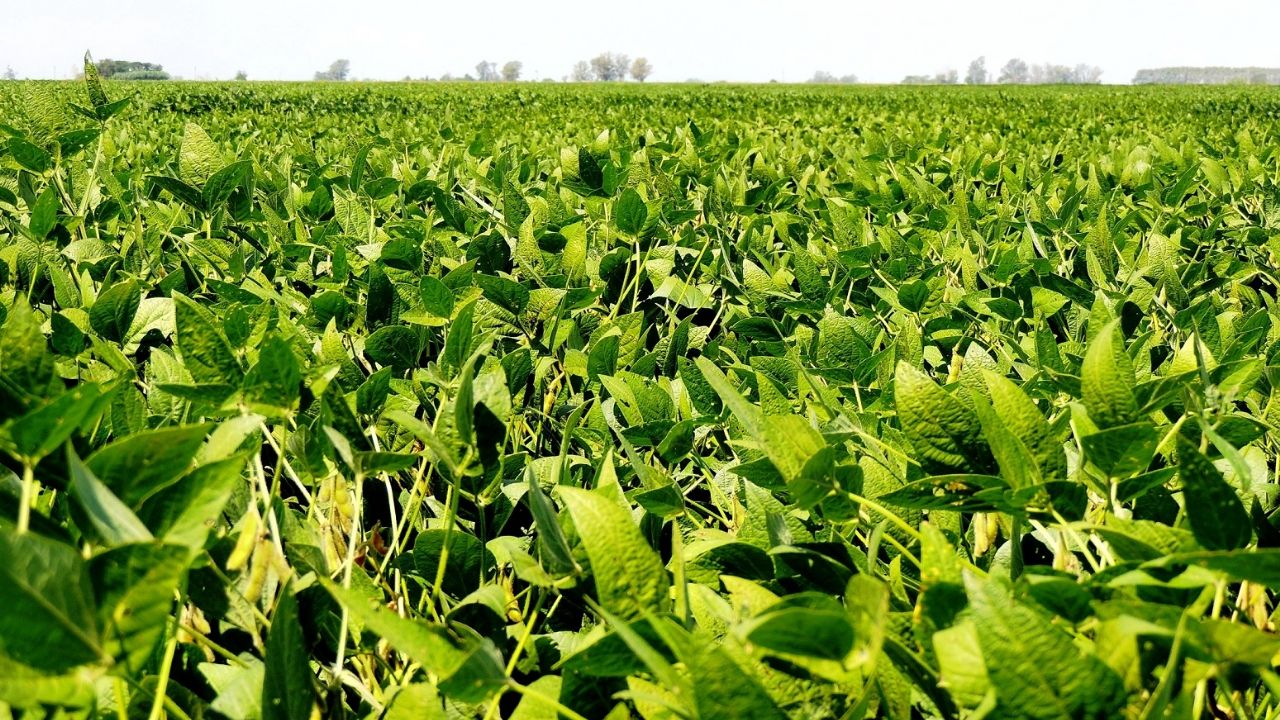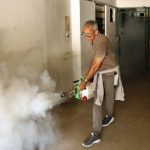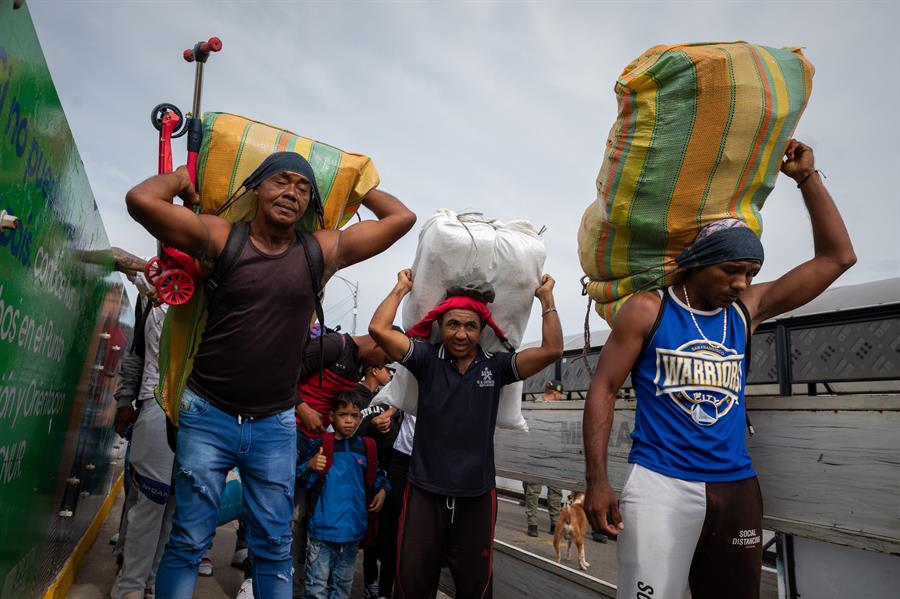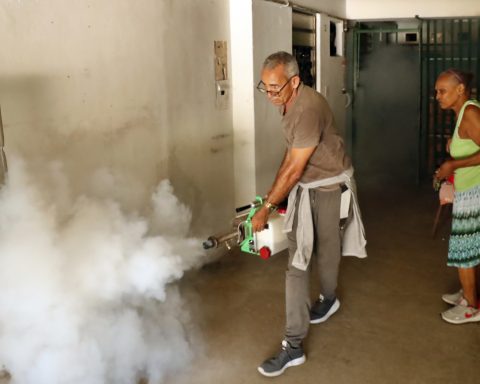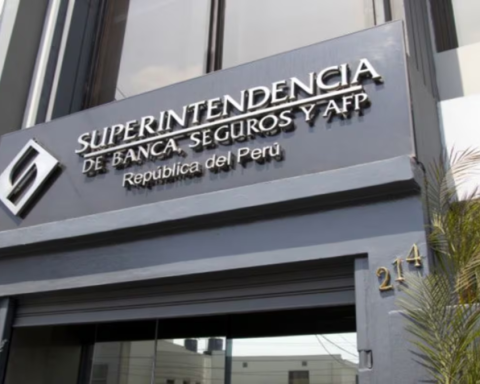On Monday, September 5, the Export Increase Program, designed by Sergio Massa, Minister of Economy, entered into force. This implemented an exchange rate of 200 pesos per dollar for exports of soy until September 30, 2022.
The producers of soylast Friday, sold almost one million tons and have accumulated 13.8 tons of oilseed in 15 days.
The goal of liquidating soy and derivatives for US$5,000 million was surpassed, according to data from the Chamber of the Oil Industry (CIARA) and the Cereal Exporters Center (CEC). For its part, the Rosario Stock Exchange (BCR) commented: “the volume of tons operated remained high, as has been the case since the beginning of the Export Increase Program.”
The Central Bank of the Argentine Republic (BCRA) ended the day last Friday with purchases for US$185 million and managed to accumulate US$3.32 billion in the last fourteen days, since the incentive program for soy.

According to the Buenos Aires Cereal Exchange, 964,369 tons of cereals were sold on Friday. soyso that from Monday, September 5, it would be 13,790,952 tons in total.
In the same way, in the case of Rosario, a total of 12,162,398 tons of oilseed. Of these operations, 8.77 million are new contracts.

Sergio Massa’s plans
Sergio Massa planned that, through this proposal, dollars would enter the country and a part of them would go to the reserves of the BCRA. Even so, as far as filling the Central is concerned, disbursements are expected from the International Monetary Fund (IMF), the World Bank, the Andean Development Corporation and the Inter-American Development Bank (IDB).
The minister’s current mission, according to his own words, is to obtain foreign exchange and stabilize macroeconomic variables.
The second part of this mission begins in 2023 and consists of a plan to stabilize inflation and move towards the unification of exchange rates, in addition to an agreement on prices and wages.
